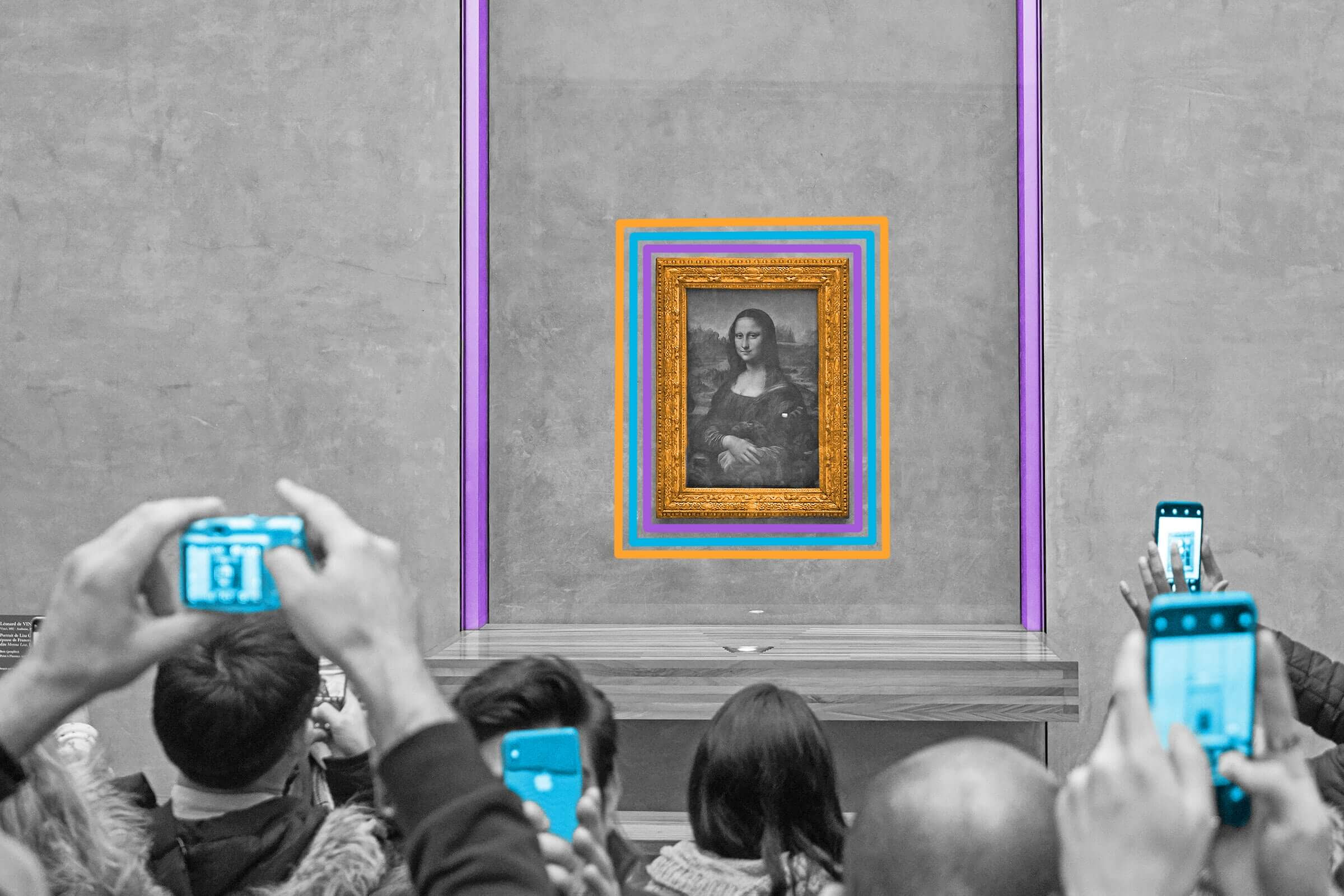InterestingFacts: "Mona Lisa" Is Not the Name of the Paint's Subject
 |
Original photo by marc zakian/ Alamy Stock Photo |
"Mona Lisa" is not the name of the painting's subject. |
Not entirely, anyway. The subject of this early 16th-century portrait by Leonardo da Vinci, so famous that it resides in its own bulletproof glass case at the Louvre Museum in Paris, is believed to have been Lisa del Giocondo (née Gherardini), the wife of Florentine merchant Francesco del Giocondo. As was common with other Renaissance works, the "Mona Lisa" didn't have a formal title for many years, instead going by names like "A Certain Florentine Lady" or "A Courtesan in a Gauze Veil." The identity of the subject also became something of a mystery, as Leonardo failed to provide any confirmation in his papers or in the painting itself. It was a later Renaissance artist, Giorgio Vasari, who provided the first inkling that the sitter was the wife of Francesco del Giocondo, in his 1550 book The Lives of the Most Excellent Painters, Sculptors and Architects. From there, the now-famous name took root: Mona, short for Madonna, means "my lady," or something akin to "Mrs." in 16th-century Italian. The painting's common Italian ("La Gioconda") and French ("La Joconde") names also seemingly derive from the subject, although those monikers carry a double meaning as adjectives describing a smiling person. For a long time, the question persisted as to whether Vasari correctly identified the woman who inspired the iconic painting’s name. However, the 2005 discovery of the "Heidelberg document" (in which a secretary noted that Leonardo was painting "the head of Lisa del Giocondo" in 1503) seemingly provided contemporary proof of the Leonardo-del Giocondo partnership, confirming for many that the sitter was indeed Mona Lisa and not Mona Somebody Else. Note: The above comes directly from their website. |



Comments
Post a Comment